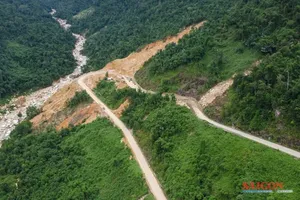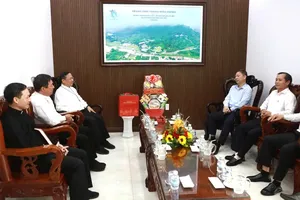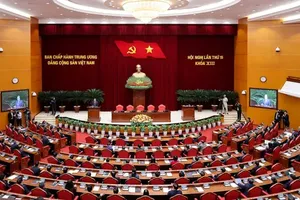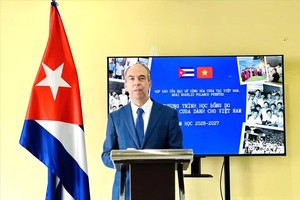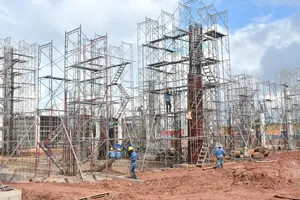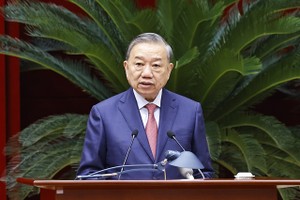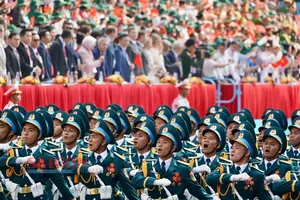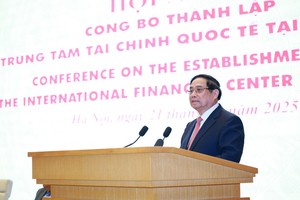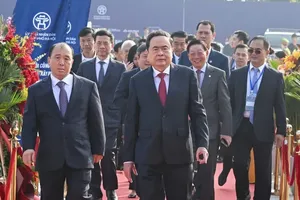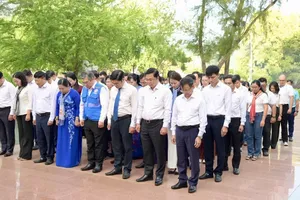
Binh Dinh has a lot of potential thanks to its favourable geographical location, which is in the centre of the North-South road, railway, sea and aviation routes. It is also the nearest gateway to the sea for provinces in the Central Highlands, southern Laos, and northeastern Cambodia.
The province is rich in cultural and historical traditions and boasts many scenic sites along its 134km-long coast.
In 2017, Binh Dinh welcomed more than 3.7 million tourist arrivals, up 15.6 percent year on year. Many tourism investment projects have been implemented and put into operation, helping to increase accommodation and entertainment facilities to serve tourists.
PM Phuc said Quy Nhon city’s tourism has become an impressive brand. He asked the province to make tourism breakthroughs by improving service quality, promote local tourism, and enhance connectivity with domestic and international tourism hubs. Notably, it needs to tap local cultural identities to develop tourism.
Binh Dinh should make better planning for its 134km-long coast with a focus on tourism so that this sector will become an economic momentum of the province in the near future.
Recognising local attainments in 2017, he also pointed out certain problems such as growth slowdown, failure to attract investors to industrial and economic zones, wastefulness of socio-economic development resources, deforestation, and high poverty rate.
He told provincial officials to adopt an inclusive growth viewpoint, which he described as an important factor to create a driving force for the whole province.
The Government leader said the province should plan the development of its industry in the greater context of the entire central key economic region, which Binh Dinh is part of, and the Central Highlands so as to capitalise on the regions’ advantages.
The province also needs to concurrently develop fishing and fisheries processing and logistics, build a brand name for the local offshore tuna fishing, and boost hi-tech and intensive shrimp farming, he said.


